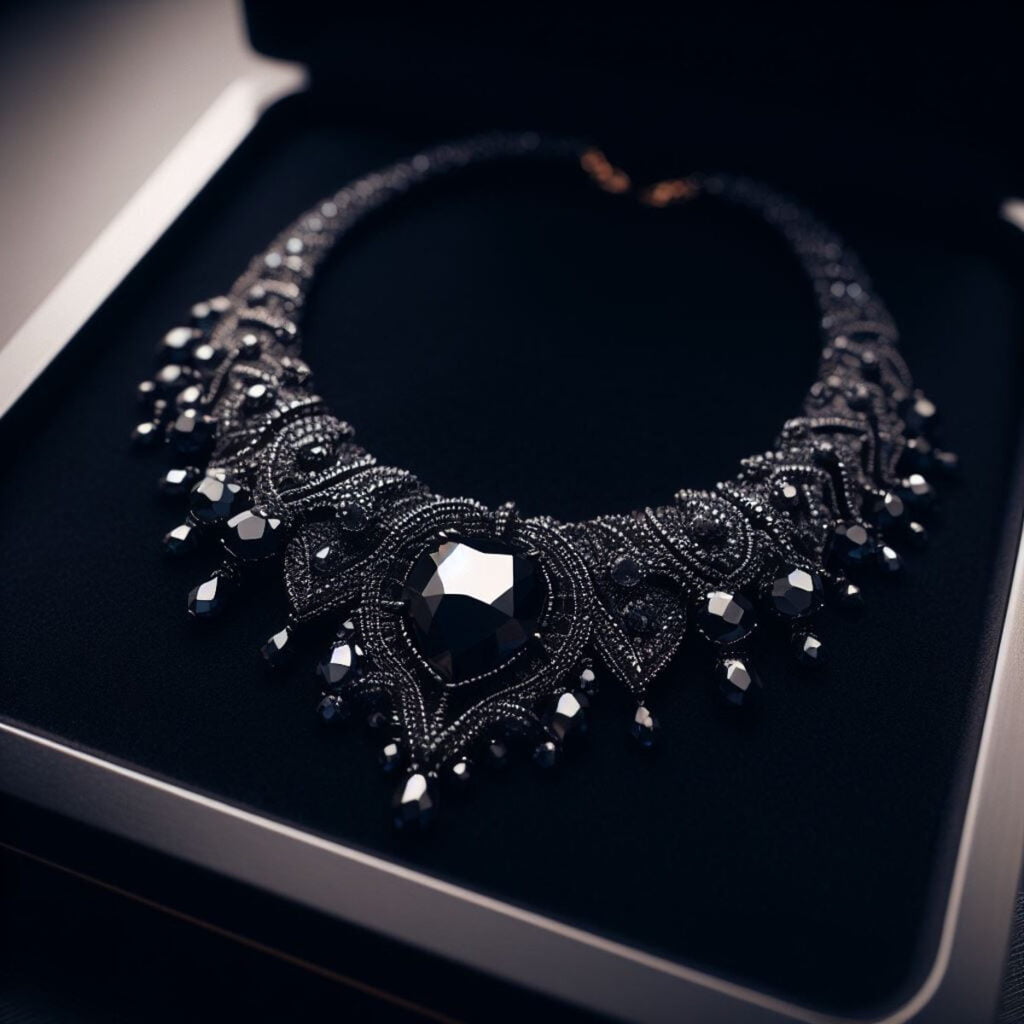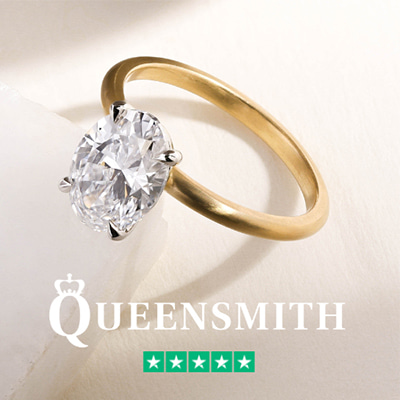The world of natural diamonds is fascinating, filled with mystique, allure, and breathtaking beauty. As symbols of love, commitment, and luxury, these rare and precious gems have captured the hearts and imaginations of people for centuries. This article delves into the unique qualities of natural diamonds, exploring their formation, characteristics, and enduring appeal.
The Enigmatic Formation of Natural Diamonds
One of the most fascinating aspects of natural diamonds is their genesis deep within the Earth. They are formed under immense pressure, and at high temperatures, natural diamonds are created from carbon atoms bonded together in a crystalline lattice structure. The process occurs over a billion years, making each natural diamond an extraordinary testament to the Earth’s geological history.
The journey of a natural diamond begins approximately 150 kilometres beneath the Earth’s surface, in the mantle. Here, temperatures can reach over 1,000 degrees Celsius, and pressure can exceed 725,000 pounds per square inch. Under these extreme conditions, carbon atoms crystallise to form a diamond.
Over time, volcanic activity propels these diamonds closer to the Earth’s surface. Kimberlite pipes, which are igneous rock formations, serve as conduits, transporting diamonds from the depths of the Earth to the surface. As these pipes erode over time, diamonds may be dispersed into riverbeds and other sedimentary deposits, waiting to be discovered and admired.
The Four Cs: Defining the Unique Characteristics of Natural Diamonds
The unique qualities of a natural diamond can be summarised by the Four Cs: Carat, Colour, Clarity, and Cut. These attributes determine the rarity, beauty, and value of each gemstone.
- Carat: The carat weight of a diamond is a measure of its size and mass. One carat is equivalent to 200 milligrams or 0.007 ounces. Larger diamonds are rarer and more valuable than smaller ones, as they are more difficult to find in nature.
- Colour: While most people associate diamonds with the colourless variety, natural diamonds actually come in a range of hues. Coloured diamonds, known as ‘fancies,’ are exceptionally rare and can be found in shades such as blue, green, pink, and even red. The colour of a diamond is determined by the presence of trace elements or lattice defects during its formation.
- Clarity: Clarity refers to inclusions or blemishes within a diamond. Inclusions are internal imperfections, while blemishes are surface irregularities. Flawless diamonds, without inclusions or blemishes visible under 10x magnification, are exceedingly rare and highly prized.
- Cut: The cut of a diamond is arguably its most significant characteristic, as it determines the gem’s ability to reflect and refract light, creating the brilliant sparkle for which diamonds are renowned. A well-cut diamond maximises the interplay of light within the stone, enhancing its fire, brilliance, and scintillation.
A Journey Through the World’s Top 5 Most Exquisite Diamonds
Let’s dive into the shimmering depths of the world’s most mesmerising diamonds and immerse ourselves in their awe-inspiring legacy.
- The Great Star of Africa (Cullinan Diamond): Our first stop takes us to the largest gem-quality rough diamond ever discovered, weighing a staggering 3,106.75 carats. Unearthed in the Premier No. 2 mine in Cullinan, South Africa, in 1905, the Cullinan Diamond was eventually cut into nine major stones and 96 smaller ones. The largest of these, the Cullinan I, or the Great Star of Africa, now resides in the Tower of London as part of the British Crown Jewels, adorning the Sovereign’s Sceptre with a Cross.
- The Hope Diamond: we encounter the legendary Hope Diamond, a mesmerising deep-blue gem that has enraptured onlookers for centuries. Weighing 45.52 carats, this storied diamond is rumoured to carry a curse, bringing misfortune to its owners. Today, the Hope Diamond rests safely in the Smithsonian Institution in Washington D.C., attracting countless visitors with its mysterious allure.
- The Koh-i-Noor Diamond Venture with me to the origins of the Koh-i-Noor Diamond, a gem of extraordinary history and cultural significance. This 105.6-carat diamond, whose name translates to “Mountain of Light” in Persian, has been passed down through generations of Indian, Persian, and British rulers. The diamond is now part of the British Crown Jewels and is set in the Crown of Queen Elizabeth, The Queen Mother.
- The Regent Diamond: The splendid Regent Diamond was discovered in India in 1698. Boasting an impressive 140.64 carats, this cushion-shaped gem has adorned numerous French royal pieces, including the coronation crown of King Louis XV and the hilt of Napoleon Bonaparte’s sword. Today, the Regent Diamond can be admired at the Louvre Museum in Paris.
- The Pink Star Diamond: The breathtaking Pink Star Diamond is a rare and extraordinary gem. This 59.60-carat, internally flawless, fancy vivid pink diamond is the largest of its kind ever graded by the Gemological Institute of America. After being auctioned for a record-breaking $71.2 million in 2017, the Pink Star Diamond continues to enchant enthusiasts with its striking beauty and rarity.
This concludes our journey through the fascinating realm of the world’s top 5 natural diamonds.


The World’s Largest Diamond Mines and Unexplored Regions
Natural diamonds are found in various regions across the globe. Some of the largest and most significant diamond mines are:
- Aikhal, Russia: The Aikhal mine is one of the world’s largest diamond mines, with an estimated reserve of over 175 million carats. Owned by the Russian diamond company ALROSA, the Aikhal mine extracts diamonds from the Jubilee and Komsomolskaya pipes.
- Argyle, Australia: Although it ceased operations in 2020, the Argyle mine in Western Australia was one of the world’s most famous and largest diamond mines. It was known for producing a large volume of diamonds, including a significant proportion of pink and red diamonds, which are incredibly rare.
- Catoca, Angola: The Catoca mine in Angola is the largest diamond mine in Africa and one of the world’s biggest. It has an estimated reserve of around 130 million carats. The mine is a joint venture between Angola’s state-owned diamond company Endiama, Russian diamond producer ALROSA, and other international partners.
- Diavik, Canada: The Diavik mine, located in Canada’s Northwest Territories, is one of the largest diamond mines in North America. It consists of four kimberlite pipes with an estimated reserve of around 100 million carats.
- Jwaneng, Botswana: The Jwaneng mine in Botswana is considered the world’s richest diamond mine in terms of value. Owned by the Debswana Diamond Company, a partnership between the government of Botswana and De Beers Group, the mine has been in operation since 1982.
- Venetia, South Africa: The Venetia mine, located in South Africa’s Limpopo province, is the country’s largest diamond mine. It is owned by De Beers Group and has been in operation since 1992.
Unexplored Regions with Potential Diamond Deposits
While several regions around the world have known diamond deposits, there are still vast areas that remain largely unexplored. Some of these potentially diamond-rich regions include:
- Greenland: Greenland’s geology and tectonic history suggest that it may harbour diamond deposits. Kimberlite pipes have been discovered in the island’s interior, although no commercial mining operations have been established.
- Antarctica: Due to the Antarctic Treaty, which prohibits mineral extraction, no diamond mining occurs in Antarctica. However, geological studies have discovered kimberlite indicator minerals, suggesting the potential for diamond deposits beneath the ice.
- Siberia, Russia: The vast and remote regions of Siberia are believed to hold undiscovered diamond deposits. While some mines are already in operation, the extreme weather conditions and logistical challenges make exploration and mining in the area difficult.
- The Amazon Rainforest, Brazil: Geologists believe that the Amazon rainforest’s cratons (ancient, stable regions of the Earth’s crust) may contain diamond deposits. However, the dense vegetation and environmental concerns make exploration and mining in the area challenging.
- Central African countries: Several countries, including Cameroon and the Central African Republic, show geological evidence of potential diamond deposits. However, political instability and lack of infrastructure have hindered exploration and mining in these regions.
While the world of natural diamonds is vast and varied, it is important to remember that these precious gems are finite resources. This scarcity adds to the allure and value of natural diamonds, making them truly unique and irreplaceable treasures.


















